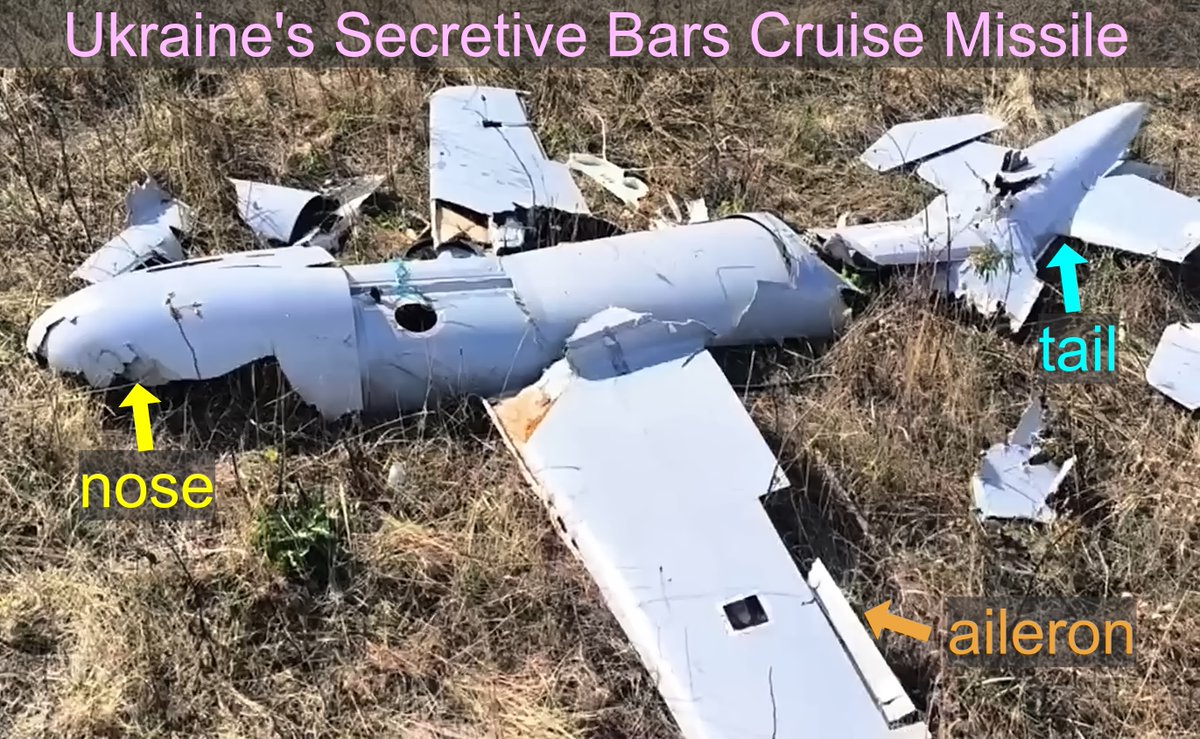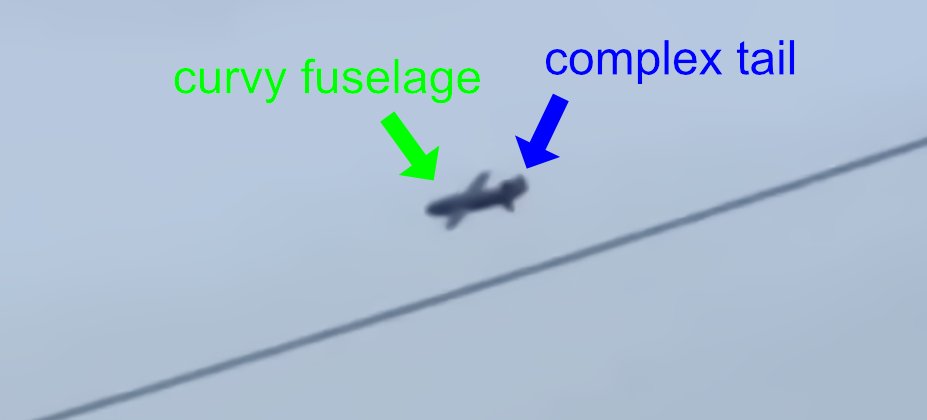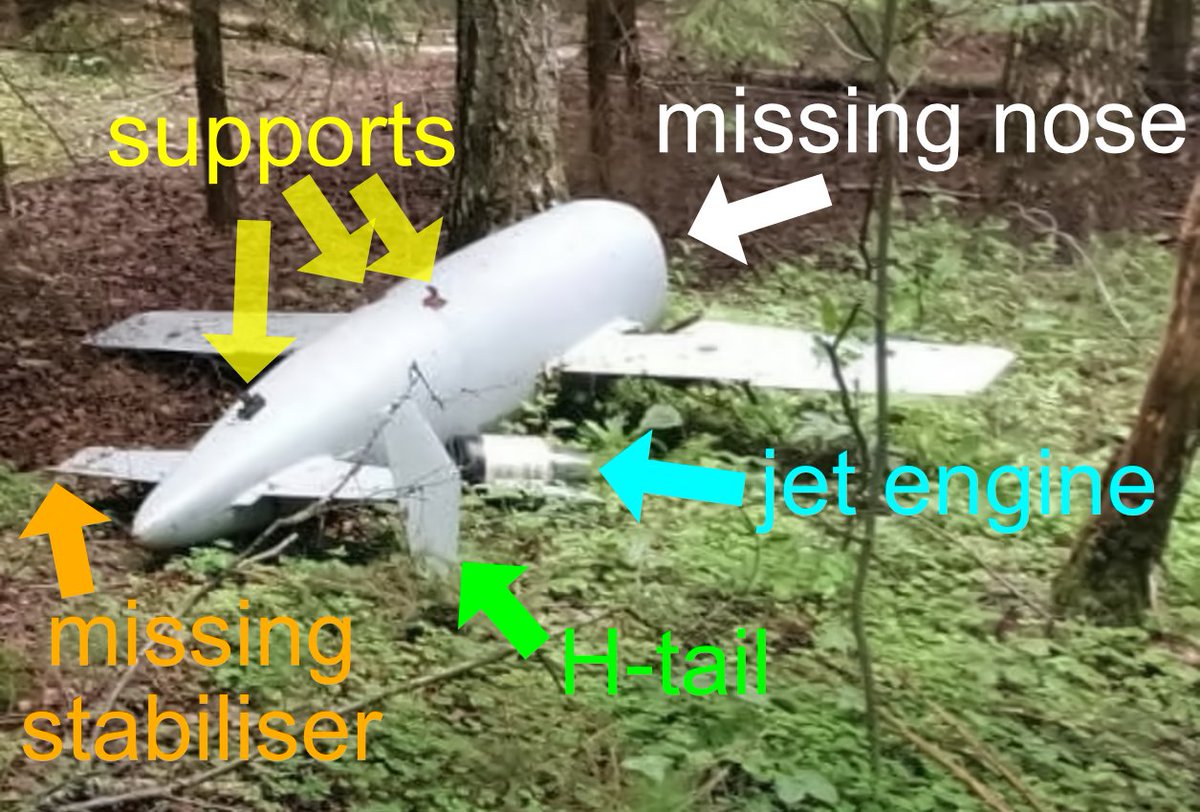1. Kamikaze #drones is a nightmare scenario brought to you by the internet of things (IoT). Although many folks warned of the dangers of IoT, being hunted by drones carrying high-explosives was not on their lists. What sequence of events enabled this? 

2. The history of radio-controlled (RC) aircraft provides insight. Hobbyists have been building and flying RC aircraft for decades. Fifty years ago, radio controls were simple but very expensive. This example cost $300, which is about $1,700 in 2023. 

3. Radio controls steadily improved but had a range of about one km (this radio is from 1993). Each radio used a single frequency (channel), e.g., channel 42. Two radio controls transmitting on the same channel would result in a crash of the aircraft. 

4. RC aircraft changed dramatically in 2006 when Spektrum released its DX6 radio controller. This transmitted data packets at 2.4 GHz and the receiver was bound to one transmitter. The pilot no longer had to worry about frequency channels. 

5. Radio-controls improved with more robust radio protocols and more features. These radios use proprietary software (firmware) designed for ease of use. Range is limited to about 2 km but these are excellent for controlling many types of hobby aircraft. 

6. Conceptually, the above radio controls are very straightforward. There is a radio-control transmitter operated by the pilot, and a receiver mounted in the aircraft. Both use proprietary software that allows settings for several aircraft to be stored. 

7. Two developments changed things. First is the availability of powerful, low-cost microcontrollers like the STM32F4 and ESP32. Importantly, the hardware & software necessary for programming them is cheap, e.g., this ST Nucleo costs under $20. 

8. Second was the introduction in 2014 of long-range wireless devices known as “LoRa”. LoRa devices are intended for the Internet of Things (IoT). Coupled with a microcontroller, they are also great for controlling drones using the ExpressLRS (ELRS) protocol. 

9. A very popular radio controller in Ukraine is the RadioMaster TX16S. Internally, this has an STM32F4 microcontroller running EdgeTX software. The example shown here has a built-in LoRa SX1280 and an ESP32 microcontroller running ExpressLRS. 

10. Conceptually, this radio link is somewhat complex (a simple configuration is shown). Although capable of large distances, there is a lot of software to manage: EdgeTX on the radio controller and ExpressLRS on the transmitter & receiver. 

11. The flight controller is the brains of the aircraft. It contains a microcontroller and various sensors such as an accelerometer, barometer, airspeed and GPS. For software, FPV drones will often use BetaFlight and fixed-wing use INAV or Ardupilot. 

12. Being open-source resulted in many vendors making components and multiple ways to configure a drone. This is likely very complicated for the defenders on the frontlines. There are groups (big & small) providing drones, training and technical support.
https://twitter.com/FPVDronesUa/status/1743895921241256413
13. There has been a big increase in the number of drones being assembled. There is also a trend towards more custom hardware, electronics and software. This is straightforward to do as powerful design tools , e.g., CAD/CAM, are widely available.
14. We should expect to see more on-board computing power, more custom software and increased flying range. Importantly, the widespread use of electronic warfare is forcing the developers to add more automation into these drones.
15. In many ways, I wonder if the use of these drones in warfare has only just begun.
If you enjoyed this thread please consider reposting as quote: your comments are appreciated. Also, please read my previous posts (listed under the “Highlights” tab).
If you enjoyed this thread please consider reposting as quote: your comments are appreciated. Also, please read my previous posts (listed under the “Highlights” tab).
• • •
Missing some Tweet in this thread? You can try to
force a refresh






















